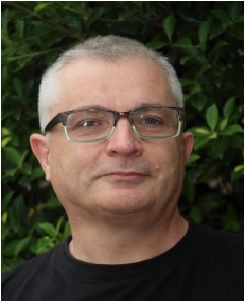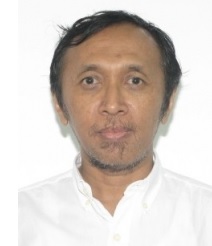Keynote Speakers
Prof. Dr. Horst Lichter
Head of Research Group Software Construction
RWTH Aachen University, Germany
Software Architecture – Reconstruction, Evaluation, and Evolution
In civil engineering, the architecture of large constructions such as industrial buildings or entire cities plays an important role to achieve their desired properties. Similar, a software system’s architecture defines how the system is built from individual elements and how these are interconnected. Consequently, the software architecture directly influences important quality attributes, e.g., understandability, maintainability, modifiability, scalability or performance. In addition, central architectural design decisions are considered hard to change.
Architectural drift and erosion are two phenomena often occurring in the context of evolving software systems. Necessary changes to the software systems are often performed under time and cost constraints and consequently are not, if at all, properly documented and typically violate initial architectural decisions. Thus, the descriptive architecture of a system erodes away from the initial prescriptive architecture description, rendering the latter useless or even harmful for supporting the understanding of the system on a more abstract, conceptual level.
In this talk, we will give an overview on existing techniques to reconstruct a software architecture based on static and dynamic data. Furthermore we present a new and innovative approach to check the conformance of a given (reconstructed) software architecture in order to control the inevitable drift between the prescriptive and descriptive architectures of a software system during its evolution. This finally leads to an architecture evaluation process that can be applied to monitor the quality of software architectures and to evaluate possible evolution scenarios
Prof. Patrick Hénaff
LORIA laboratory
University of Lorraine-INRIA – CNRS, France
The presentation will concern the design of humanoid robots controllers with an approach based on the functioning of biological sensori-motor loops that control biological systems. These loops are based on neural network structures and are implied in the genesis and learning of adaptive rhythmic movements especially for locomotion. Therefore, it is interesting to better understanding and modelling these structures to have humanoid robots more adaptive and more autonomous.
After a brief introduction of the complexity of biological locomotion systems, we will present a review of different works, conducted since approximately twenty years, in the domain of bio-inspired controllers for legged robotic systems. Models of central pattern generators will be introduced, and concepts of neural and synaptic plasticity will be addressed. We will show the influence of neuron models and of plasticity mechanisms on the performance and robustness of legged locomotion tasks. Several videos of simulations and experiments will illustrate the presentation. A conclusion and perspectives will conclude the talk.
Prof. Dr. Ir. Mauridhi Hery Purnomo, M.Eng.
Departemen Teknik Elektro
Institut Teknologi Sepuluh Nopember, Indonesia





